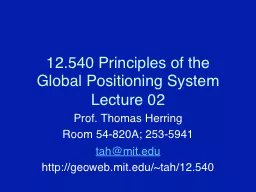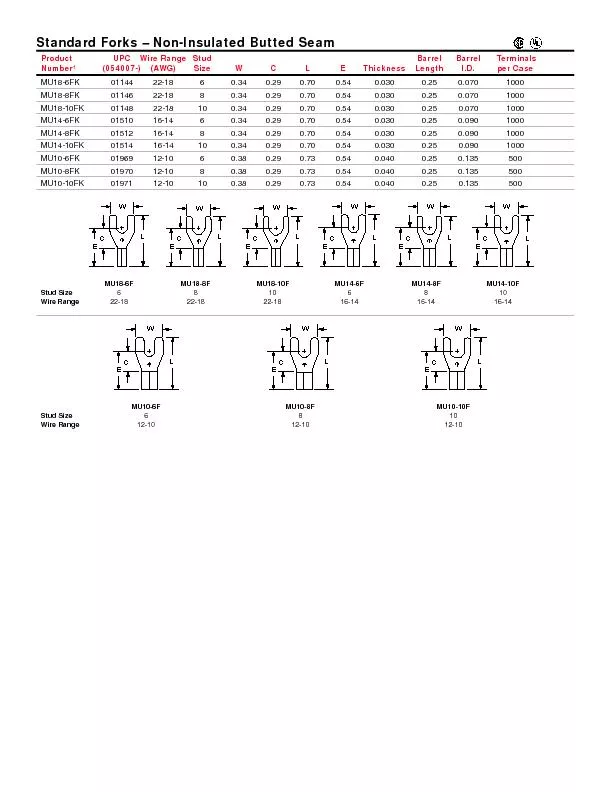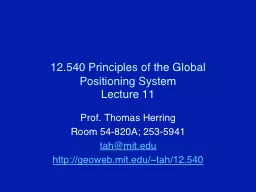PPT-12.540 Principles of the Global Positioning System
Author : lois-ondreau | Published Date : 2016-07-27
Lecture 02 Prof Thomas Herring Room 54820A 2535941 tahmitedu httpgeowebmitedutah12540 021113 12540 Lec 02 2 Coordinate Systems Today we cover Definition of coordinates
Presentation Embed Code
Download Presentation
Download Presentation The PPT/PDF document "12.540 Principles of the Global Position..." is the property of its rightful owner. Permission is granted to download and print the materials on this website for personal, non-commercial use only, and to display it on your personal computer provided you do not modify the materials and that you retain all copyright notices contained in the materials. By downloading content from our website, you accept the terms of this agreement.
12.540 Principles of the Global Positioning System: Transcript
Download Rules Of Document
"12.540 Principles of the Global Positioning System"The content belongs to its owner. You may download and print it for personal use, without modification, and keep all copyright notices. By downloading, you agree to these terms.
Related Documents














